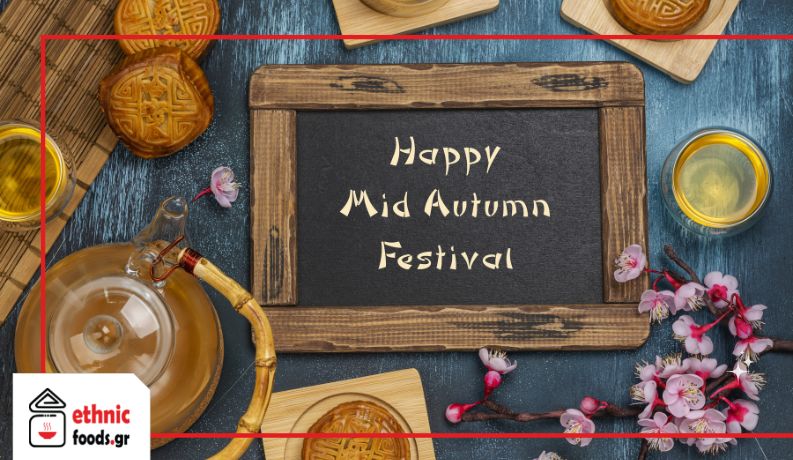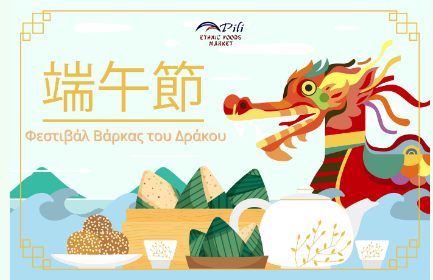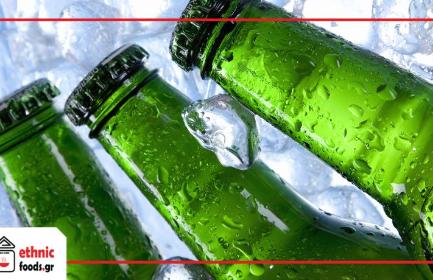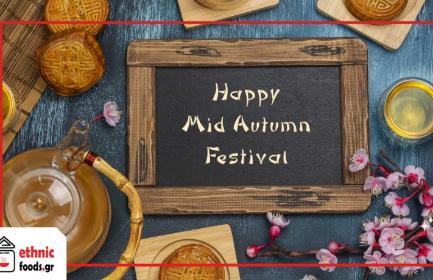
The Mid-Autumn Festival in China
The Mid-Autumn Festival, Zhongqiu Jie (中秋节) in Chinese, is one of the most important traditional festivals in China. It is also known as the Moon Festival or Mooncake Festival and is considered one of the most important holidays in Chinese culture, as is the celebration of the Chinese New Year.
Similar holidays exist in Japan (Tsukimi), Korea (Chuseok), Vietnam (Tết Trung Thu) and other East and Southeast Asian countries.
The history of the Festival goes back over 3,000 years. The festival is held on the 15th day of the 8th month of the Chinese lunar calendar on a full moon night, which means that is in mid-September to early October of the Gregorian calendar. On this day, the Chinese believe the Moon is at its brightest and fullest, coinciding with harvest time. Harvested foods have are celebrated during the festive season but over the years, the festival has been imbued with more meanings such as family gatherings and prayers for good health and happiness.
But what do they eat during the festival, and what does each dish symbolize?
Mooncakes are the most consumed food: a traditional Chinese pastry product usually filled with sweet bean paste, egg yolk, meat or lotus seed paste. Other foods eaten during the festival are all the foods that are abundant at this time of year: crabs, pumpkins, pomelos and grapes.
1. MOONCAKES (月饼, YUÈBǏNG): Because of their shape, they symbolize the moon and family unity. The Chinese see the roundness of mooncakes as a symbol of reunion and happiness.
2. DUCK (鸭子, YĀZI): Eating duck in autumn has health benefits according to traditional Chinese medicine: Nourishes the body and helps fight the dryness caused by the cold of autumn and winter. One of the most popular duck dishes for this purpose is a taro (courgette) and duck soup.
3. POMELO, (柚子, YÒUZI): Pomelos are harvested in autumn and represent blessings for children and grandchildren.
4. BUFFALO NUT (菱角, LÍNGJIǍO): The buffalo nut has a slightly scary appearance, as it resembles buffalo horns, but its taste is mildly sweet, and its texture resembles chestnut. It is said that whoever eats buffalo nuts will have intelligent and unique children.
5. WALNUTS (核桃, HÉTÁO) & PEANUTS (花生, HUĀSHĒNG): Walnuts and peanuts have a round and auspicious appearance, but more importantly, Chinese people love to snack on nuts and seeds during family gatherings.
6. EDAMAME (毛豆臧, MÁODÒUJIÁ) & SMALL TARO (芋艿, YÙNǍI): Mainly in the southern Chinese tradition, edamame and taro are boiled and eaten as snacks. The word "Taro" in the local southern dialect sounds like "the coming of good luck". The edamame sounds like "praise" and "good news".
7. HAIRY CRAB: (螃蟹, PÁNGXIÈ): Autumn is the best time to eat crab. It's the season when they are meaty and full of crab roe that many can't get enough of!
8. LOTUS ROOT (莲藕, LIÁN’ǑU): The lotus root is full of auspicious symbolism in its name, shape and texture. Its Chinese name, 莲藕, means "together" (连, lián) and "pair" (偶, ǒu).
9. PEAR (梨, LÍ): People eat pears to reverse or avoid unwanted departures and separations. Sharing a mooncake is fine, but you can never share a pear!
10. ALCOHOL (美酒, MĚIJIǓ): During the Festival, the traditional drink is osmanthus flower wine, when its flowers are in full bloom. Drinking wine fermented with osmanthus flowers has a long history in China. The flower is famous for its special aroma - Asians simply love it and use it in desserts, sweets and even in beauty products. Drinking wine means beautiful family moments and a happy life.



